Project brief - Einstein@home explained

Project brief (Pb) is a series continued by me where I will be talking about scientific projects apart of the BOINC network in simple terms.
Now this isn't an investigation on the effects of general relativity on the orbital decay of the earth, it's a simple and super fun experience in learning about what's out there and what you could be supporting with just the click of a button!
Join me live on BOINC Radio on March 27th at 4:00pm EST!
Who am I?
I'm Delta! An Australian programmer, technologist, blockchain expert, self-proclaimed physicist and co-host of the BOINC Radio podcast!
I like to communicate things to people in the simplest way possible and teach people about the most interesting things that this universe has to offer.
You can find me on Discord where I hang out in the BOINC Network server and drink tea on the weekend.
What's happening this Episode?
On March 27th I will be explaining the BOINC project Einstein@home.
Gravity is made by really big things... No, I'm not talking about the movie.
Really big and heavy things in our universe have a lot of energy, and sometimes we can feel it from across the universe, and Einstein@home are our eyes in the sky for these sorts of spacetime disturbances.
You might not think about it everyday but let's say we manage to make a huge mothership and traveled across the galaxy, is there a way we'll be able to navigate? We could turn to the stars, but they change depending on where we fly.
Well in this episode I'm going to explain why Einstein@home will be able to save humanity from getting lost in the dark abyss of space.
What is Einstein@home?
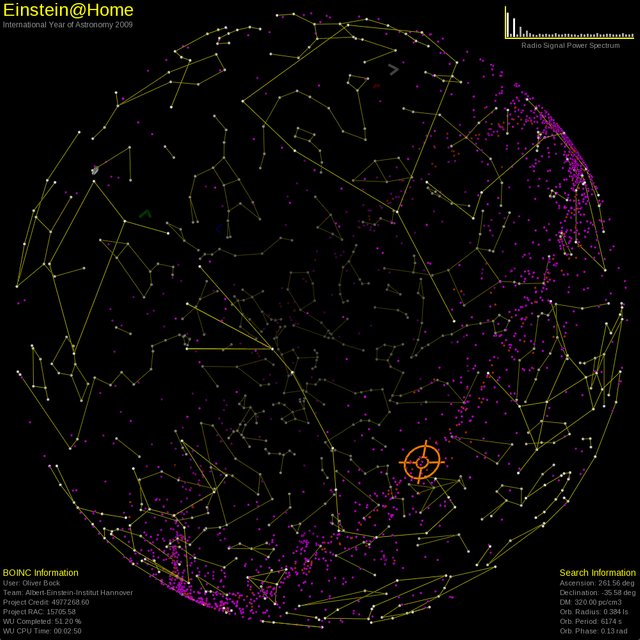
Einstein@home is a BOINC project that aims to discover gamma-ray pulsars, binary radio pulsars and gravitational waves. So far they have discovered a lot as you can see above.
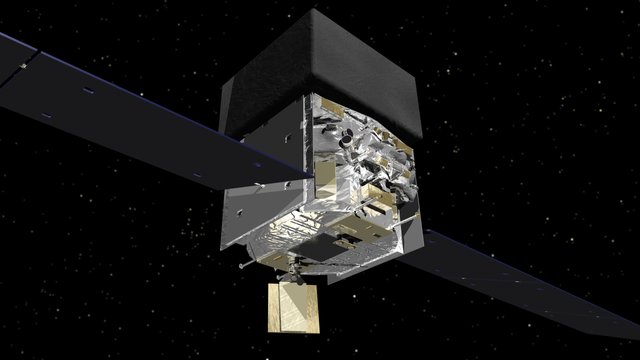
Einstein@home collects data from a number of sources; radio telescopes (like SETI), the Fermi gamma-ray space telescope and a number of Laser Interferometer, Gravitational wave Observatories (LIGOs) around the world.
They collect their data as a bunch of noisy signals and store them for processing - and they have a lot of it!
By running Einstein@home on your computer, you can help sift through these signals and figure out if any of the observatories actually found anything. You can even find a pulsar and get published in a paper if you are lucky enough!
Most of what your computer will be doing is Fast Fourier Transforms (FFTs) as discussed in a previous Project brief. This allows your computer to find gamma ray bursts which look like they are from pulsars by listening for patterns in signals.
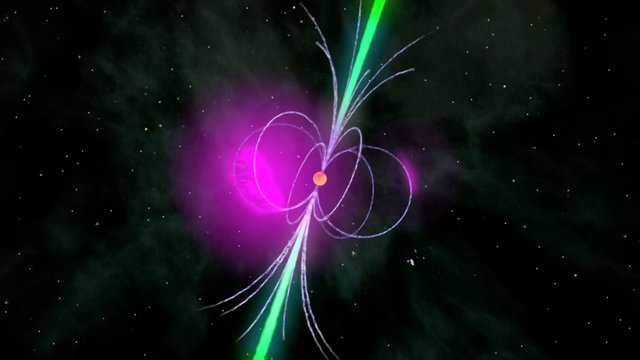
These are the things they are discovering most of the time, pulsars. Pulsar stands for "pulsating neutron star" which is a star (much like our sun) which has gone supernova, got squeezed down into ball about the size of a city and began spinning very, very fast. PBS Spacetime has a great video about them if you want to learn more.
Not only can Einstein@home detect these, but they can also watch them collide...
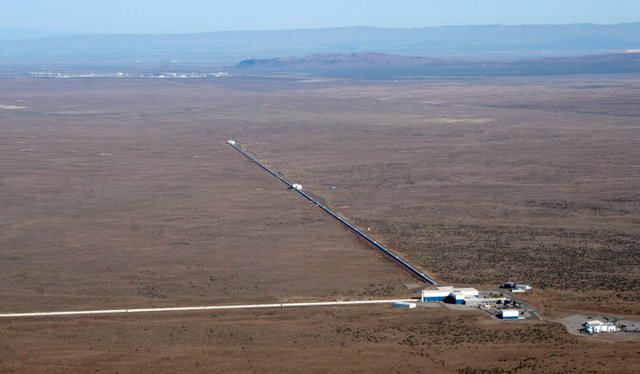
Meet LIGO, a facility with two long arms, about 3km in length each!
There are two facilities in the USA and one in Italy, and they work together to detect gravitational waves.
When two really big objects in space move about, they make gravitational waves. It's sort of like how when a boat goes through water, it creates waves and ripples in its wake, think of this but with the feeling of gravity.
Now you can't feel gravitational waves here on the earth because they are so weak. If you were to be hit by a gravitational wave, you'd only move the distance of about one ten-thousandth the width of a proton (that's almost one million, trillionth the size of a grain of rice)!
...And these observatories can detect that...
For your entertainment, here is an audio track of the sound that two black holes make when colliding.
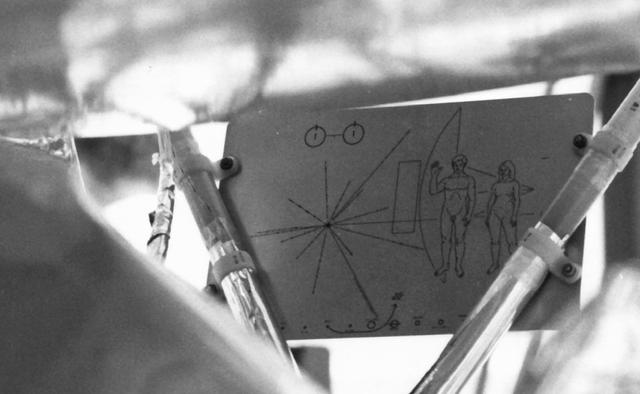
And what exactly can we use these discovered pulsars for?
Navigation! That's right, when humanity is out deep in interstellar space, we can use pulsars to know our way around. Knowing where they are now and how fast each pulsar is spinning will help us in the event that we become an interstellar civilisation sometime in the future.
You might recall the image above, the plaque attached to the Pioneer 10 spacecraft. The lines on that plaque are actually 14 different pulsars and their rotational speed relative to our sun. So in the event that the craft is retrieved by aliens, they can somehow find us and greet us!
Don't have a good computer or want to donate your spare time?
Join Zooniverse, a site for volunteer science!
Solve puzzles and complete tasks that help real scientists solve real problems!
Check out my twitch.tv and youtube channel where I do volunteer science every now and then! Make sure you follow me and subscribe to get a notification whenever I go live!